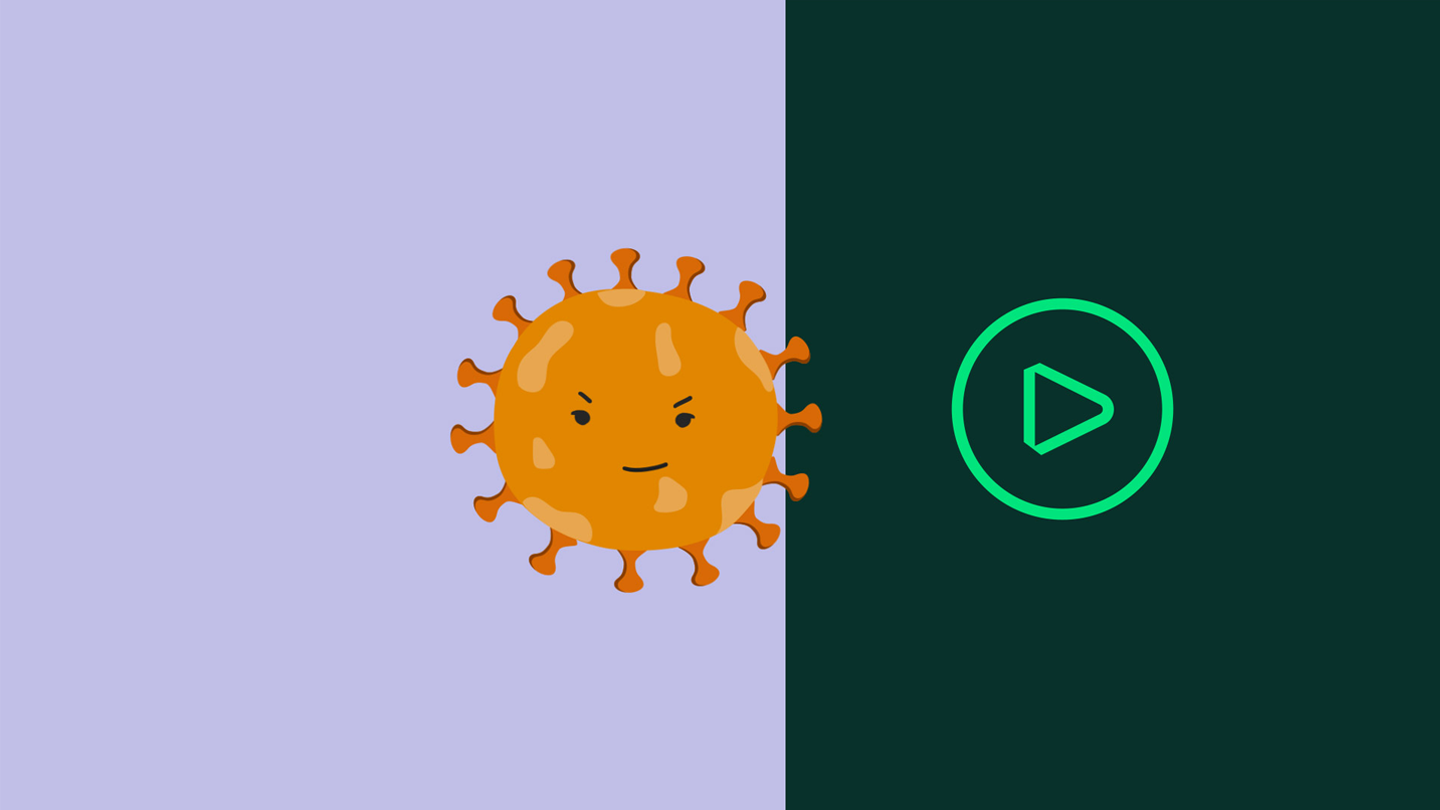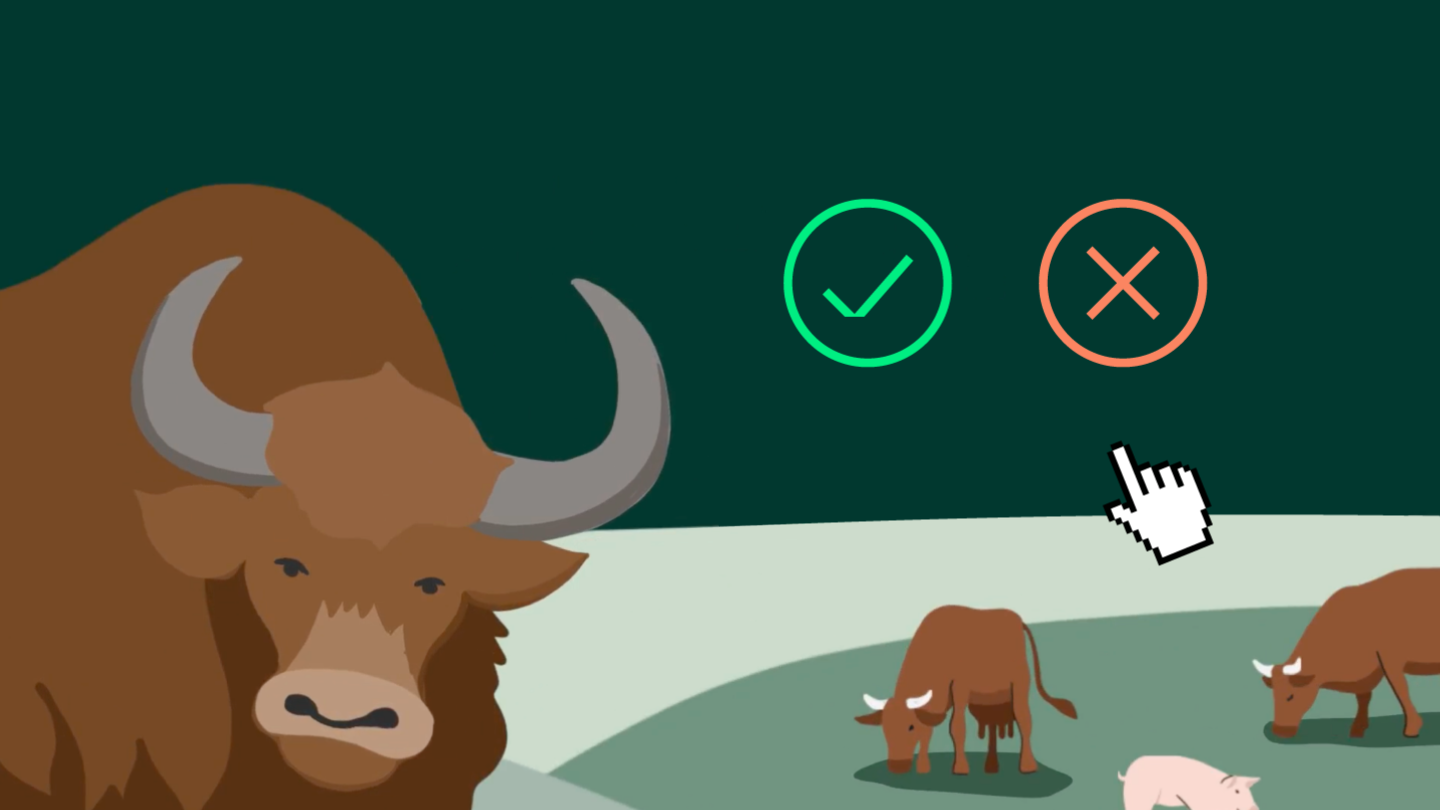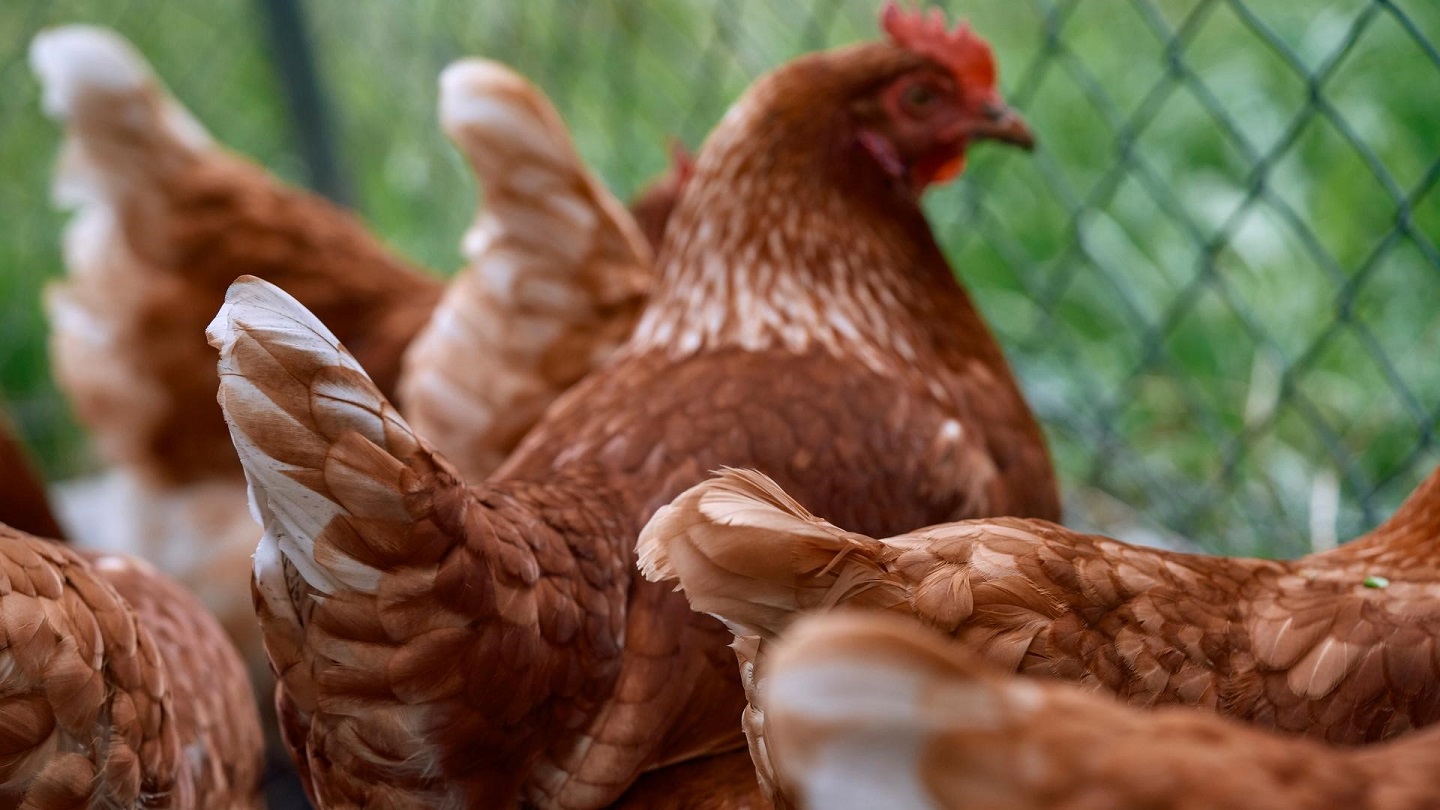H5N1: Bird flu again? What’s different now?
How is the avian influenza situation today different from the past? In several regions, poultry farmers and veterinarians have been combatting outbreaks of the highly pathogenic avian influenza (H5N1) for the past few years. Now, this virus known for affecting wild and domestic birds has also been detected in dairy cows in several states in the US. Here’s what you need to know about possible effects of such a transboundary animal disease (TAD).

Transboundary animal diseases (TADs) such as avian influenza are highly transmissible diseases of livestock which might impact access to food and affect us all. Be it by determining how much we pay for our milk, meat, and eggs or by impacting what we eat, as it can lead to shortages of animal protein.
In early 2024, sporadic infections with highly pathogenic avian influenza A(H5N1) viruses in cows and other mammals were reported in the United States, Canada, and other countries. The risk to the public remains low, and food supply is safe. However, these outbreaks show how these diseases can spread to different species and that we must work together to increase global preparedness against TADs.
How dangerous is the H5N1 bird flu virus strain?
Scientists and international bodies such as the World Organization for Animal Health (WOAH) and the World Health Organization (WHO) continue to monitor H5N1 developments. The WHO sees the ongoing circulation of the virus in poultry as “concerning, as they can result in mild to severe illness and death, and also have the potential to mutate to become more contagious.” So, limiting the spread of H5N1 avian influenza is a top priority for poultry producing countries across the world.
“For the past three or four years, we’ve witnessed a change in how the virus behaves. There are more outbreaks in new geographies, and we might be losing the seasonal aspect of avian influenza, as we note outbreaks occurring out of the traditional flu seasons,” explains Taoufik Rawi, our Head of Avian Influenza Vaccines.
Avian influenza symptoms

Like other TADs, the avian influenza virus can sparkle like bushfire among whole flocks of domestic birds through the contact of saliva, nasal secretion, and feces of contaminated animals. Birds infected with low pathogenic bird flu mostly show mild symptoms such as decreased food consumption, respiratory signs like coughing and sneezing, or decreased egg production. Among birds that fall ill with highly pathogenic avian influenza, we observe a high death rate as well as purple discoloration, swelling, lack of coordination, diarrhea, coughing and sneezing.
There is currently no available treatment. When avian influenza cases occur in commercial poultry flocks, birds are usually culled – the so-called stamping out strategy. Since early 2022, avian influenza has ravaged farms around the world, leading to the deaths of more than 200 million birds. For this reason, we focus on disease prevention.
“Outbreaks of transboundary animal diseases have a significant impact on food security for millions of people worldwide, threatening the production of important sources of protein, such as poultry meat and eggs. Today, we have three safe tools to control avian influenza: biosecurity, surveillance, and vaccination,” shares Taoufik.
A bird flu vaccine?
Vaccination against highly pathogenic avian influenza should be part of a comprehensive disease control strategy, alongside increased biosecurity measures and global surveillance. As leaders in prevention, we have the most complete portfolio of vaccines to protect flocks against different strains of the disease.
“We stand ready to work with poultry producers, poultry associations, governments and regulatory authorities to provide the right mix of tools for tailored prevention strategies,” highlights Claudia Garcia, Global Head of Poultry. “Our commitment to help control transboundary animal diseases, and especially our commitment to the global effort against avian influenza is a key priority for us. We understand the complexity and challenges faced by producers and farmers, and we are ready to support them, and our global food chain.”
Related Content

Avian influenza? Bluetongue virus? FMD?
preparedness matters?

When veterinary public health
preparedness matters?


